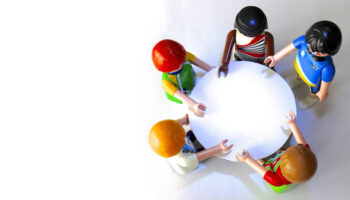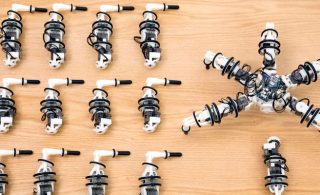Clever ways that toy and game companies save costs

Saving cost is not the most glamorous aspect of the toy and game industry – but it’s a fundamental part of it. You might be surprised at all of the clever little ways that companies manage to save costs whilst maintaining function, quality and value.
For most toys and games, they need to hit specific retail price points. This is because they need to offer value versus their competitors in the same category and also keep within a certain price range for that type of toy or game. For example, a single, small squishy collectible won’t sell at $20 because other similar collectibles are less than $5. Also, for the size and features, in the eyes of the consumer they don’t think it’s worth the price, no matter how unique it is.
This means that hitting certain retail price points can be very important and it becomes a balancing act between the cost of getting it manufactured, packaged and shipped and the retail price. If you save too much cost, it ends up looking cheap compared to similar products. Too expensive and you will be overcharging compared to similar products. At each stage of the process, companies will want to make a profit too – so their profit margin also needs to be factored (and negotiated) in!
Here are some clever ways that toys and games save cost whilst maintaining the function, quality and value of their products…

Decreasing size by 10%
One of the simplest ways to reduce the overall cost of a toy or game is to simply scale down the whole size of the product by 5%, 10%, 15% or even 20% percent.
Many factories offer this option as a quick and easy way to reduce the manufacturing cost of a toy or game. It reduces two key factors – box size and material cost.
The downside is that an easy fix like this may mean the value that you’re offering is reduced. By reducing the size of everything it may also affect the ergonomics and anthropometrics (how the toy/game is used and how it’s sized compared to the target users) of the product too.
Mechanisms
Mechanisms in toys and games are designed to make various parts of the toy or game function.
The difference between a toy that’s too expensive and one that’s viable can sometimes be the ingenious ways that designers and engineers solve mechanical problems in the simplest, cheapest way possible. They know what it needs to do and work out ways to make that happen whilst staying within cost constraints.
Mechanisms also encompass folding and transforming toys too. These mechanisms transform the toy or game from one form factor to another. They save space, offer portability and provide a wow factor when they open out. It’s win, win, win!
Thinner plastic walls
The cost of plastic keeps rising so companies will look for ways to reduce the amount of plastic used whilst keeping features and functionality. One way is to slightly decrease the plastic wall thickness, saving plastic.
This is a fine balancing act because if the walls are made too thin, the outer shape of the plastic part will have visible deformities, such as bumps where you can see the inner ‘ribs’ which are there to maintain the structure and strength of the part. It can also affect the flow of plastic during injection moulding.
Snap fits rather than screws
Screws provide a secure, reliable way of maintaining the function and structure of a toy or game. They have lots of strength and allow engineers to make sure a part stays in place. Screws also add extra assembly time during manufacture, part count and overall cost. It’s not much but when you add up all the screws in a toy or game and multiply that by hundreds of thousands of toys/games, those few extra cents count!
As an alternative, engineers can design parts that snap-fit together – reducing the cost. It’s more time upfront but usually cheaper later down the line. Snap-fits also allow the consumer to assemble parts themselves without tools.
‘Assemble at home’
By designing the toy or game to be ‘assemble at home’, companies can save themselves a lot of time and cost on the assembly line. The consumer builds the product themselves such as snapping parts together and adding stickers.
This reduces the unboxing experience slightly because the consumer has to spend time actually putting the toy/game together but usually once it’s assembled most consumers won’t bother disassembling it again.
The caveat to assembly at home is that it’s only for parts that are safe, both before and after assembly. Mechanisms with moving parts and electronics need to be safely enclosed in the factory before getting to the end consumer.
‘Assemble at home’ also means that the parts can be tightly packed together inside the packaging, which helps to reduce shipping costs.
Box/carton size
With shipping prices always on the increase (especially recently, going from $4000 per container to over $20,000!), not many companies want to ship empty space across the world! Toy and game companies (and the factories they use) optimize the space inside the packaging to minimize the volume that each box takes up. The smaller the box, the more they can fit inside a shipping container, the more money they can make from each one!
—
To stay in the loop with the latest news, interviews and features from the world of toy and game design, sign up to our weekly newsletter here

























